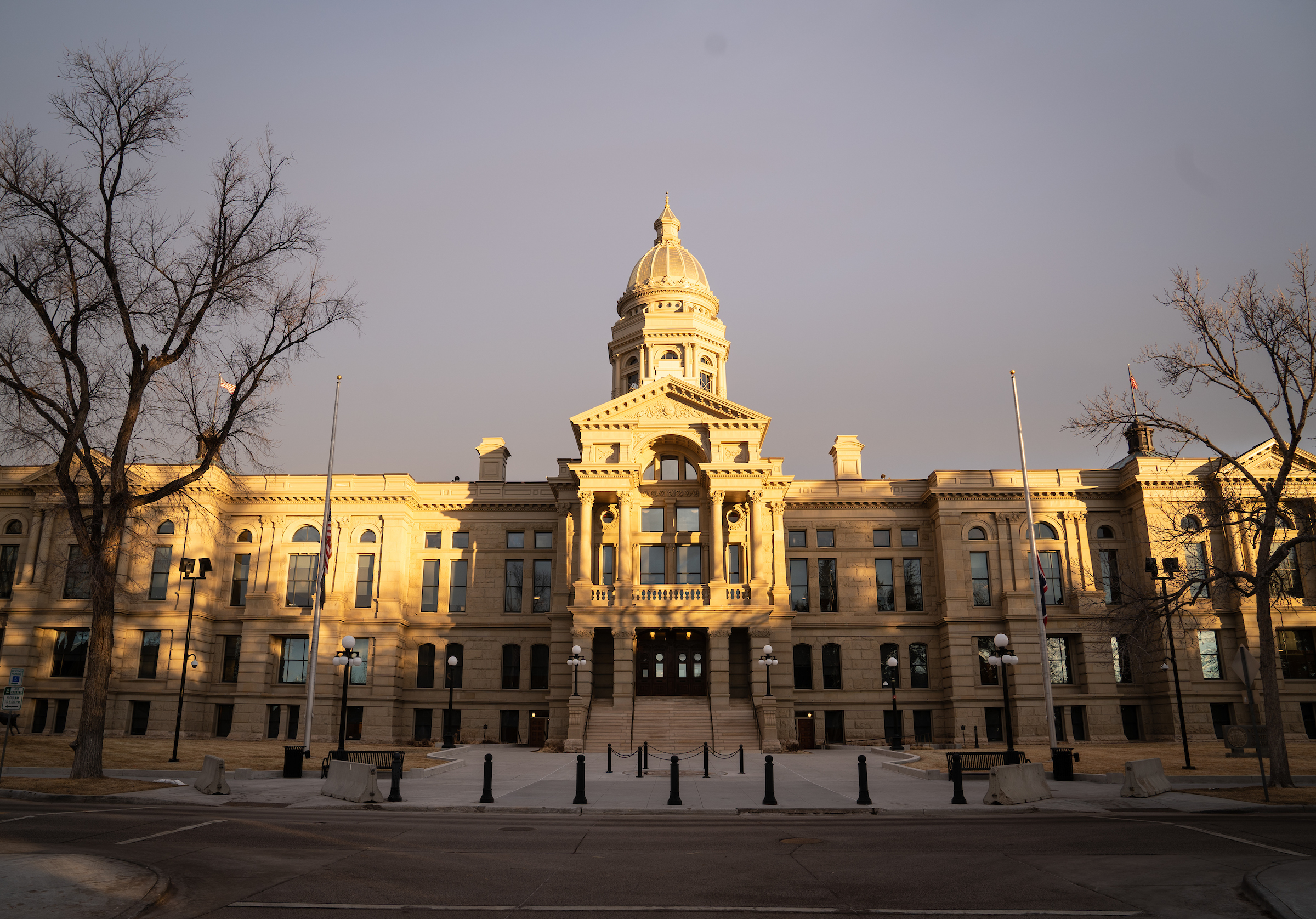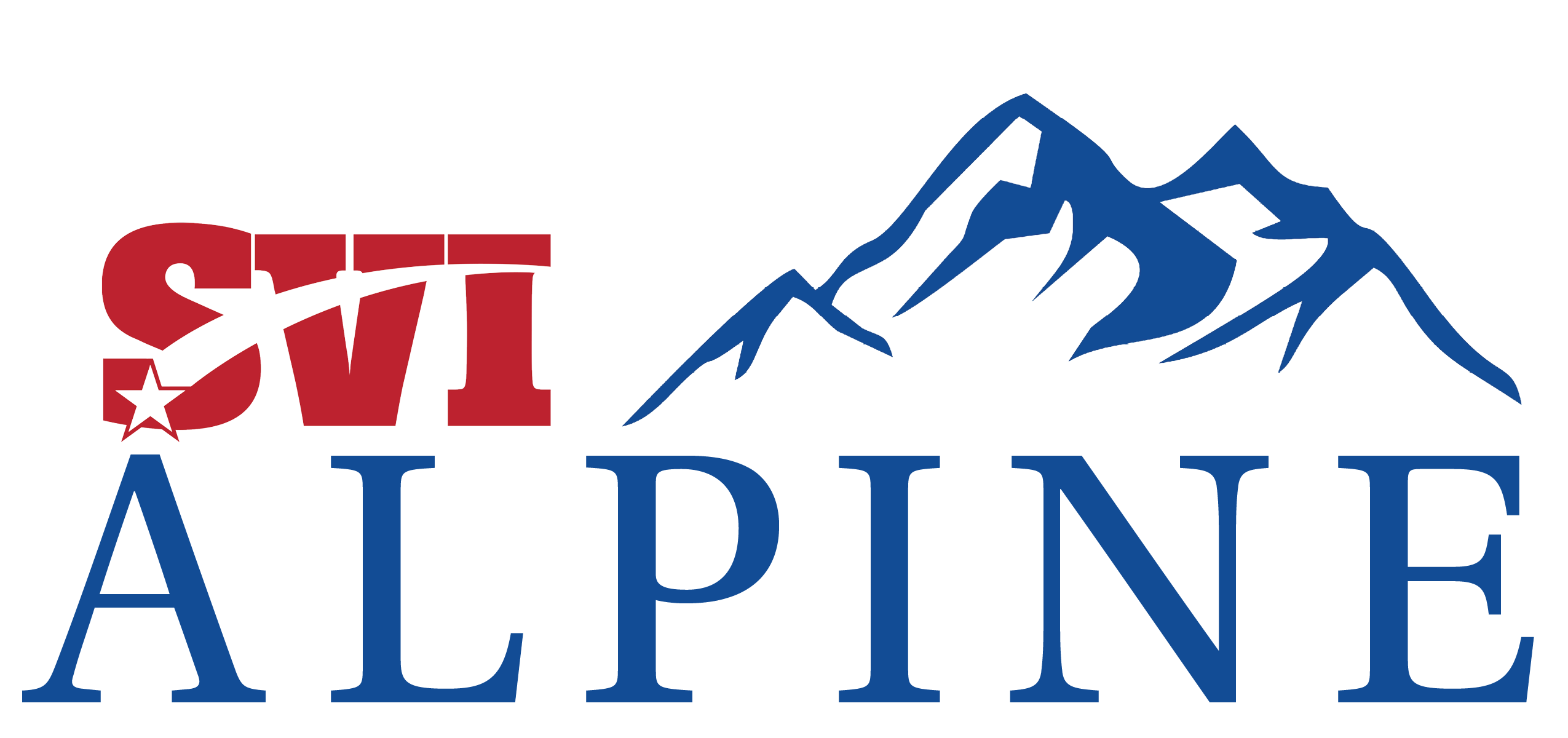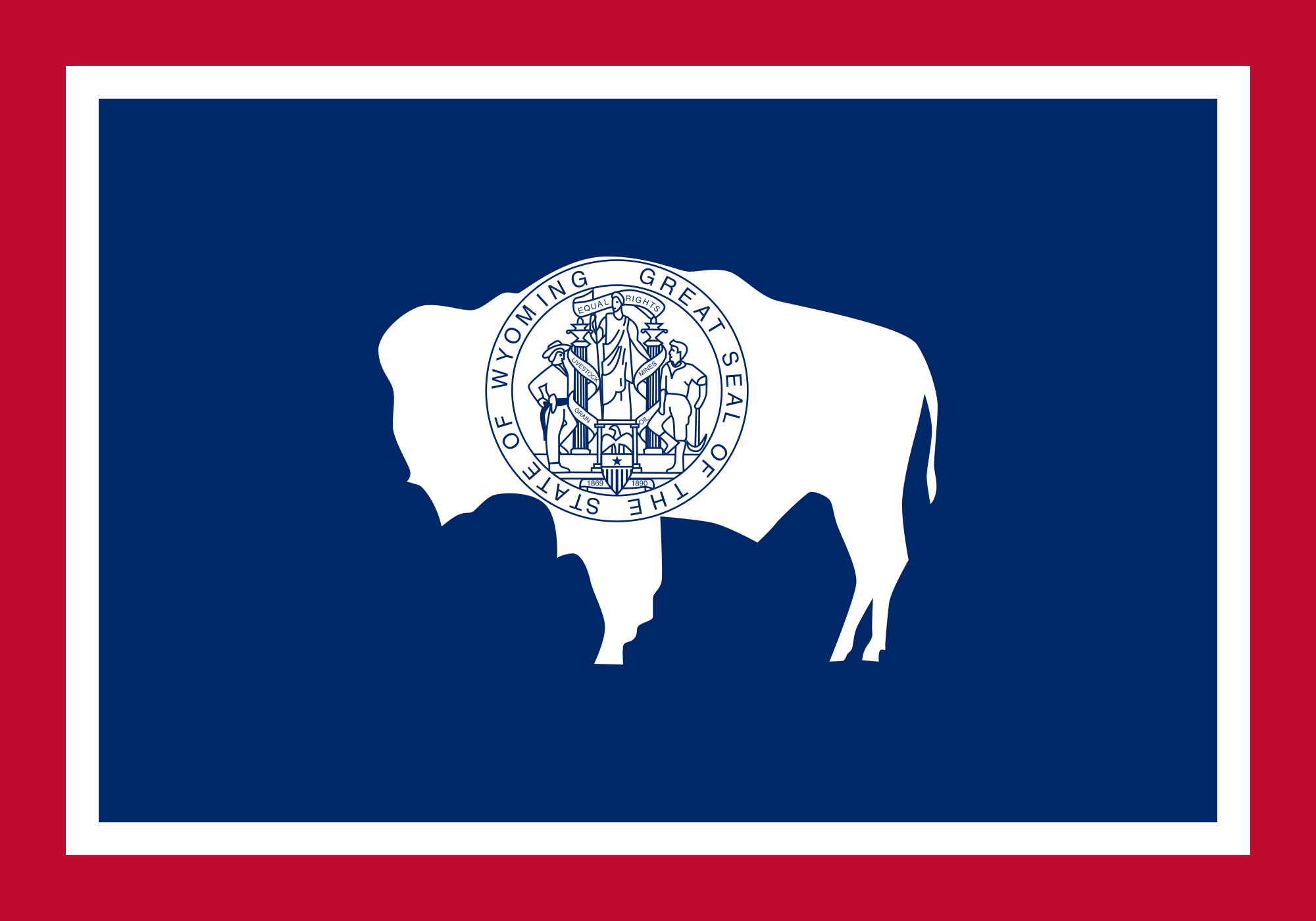Wyoming Legislature has $173 million for supplemental budget
By Wyoming News Exchange
November 1, 2024

An exterior view of the Wyoming State Capitol Building February 21, 2024 in Cheyenne. Photo by Michael Smith
By Hannah Shields
Wyoming Tribune Eagle
Via- Wyoming News Exchange
CHEYENNE — Wyoming lawmakers have $173.5 million at their disposal as they put together the supplemental budget for the 2025 general session, according to a new Consensus Revenue Estimate Group report released Thursday.
This is an increase from the $105.6 million that was left on the table by the end of the 2024 budget session, CREG co-Chairman Don Richards told members of the Legislature’s Joint Appropriations Committee during their meeting here Thursday morning. Lawmakers may choose to spend this money to address issues such as property tax relief or increased teacher salaries, or they can stash it away in savings.
A line in the 2024 budget bill gives the governor discretion to add another $100 million on top of this, “should conditions warrant,” Richards said. The governor may choose to allocate this money if, for example, there’s a downturn in the economy, a need for further property tax relief, additional requests in the supplemental budget, etc.
“Technically, you can add that $100 million to the $173 (million),” Richards said. “I have no idea what the governor may or may not do in the next three weeks, but all those funds are at his disposal, for purposes which he may see fit.”
A slight boost in savings
The CREG report also showed there was an excess of $122 million at the end of the 2024 fiscal year, which ended June 30. It will be stashed away into the state’s “rainy day” fund, formally called the Legislative Stabilization Reserve Account.
The LSRA currently holds approximately $1.5 billion in savings, and the CREG report predicts that amount could increase to as much as nearly $2 billion by June 30, 2026. However, this prediction is solely dependent on a “perfect world.”
“This all assumes no changes from this point on, not one dime spent, and that our forecasts are perfect,” Richards said. “Realistically, our forecasts are probably not perfect.”
If the governor were to spend the $100 million, for example, this number would drop by that amount, Richards said.
While this may seem like a lot of money, Rep. Tom Walters, R-Casper, previously told the Wyoming Tribune Eagle that nearly two-thirds of LSRA funds are already obligated under state statute. This includes a $500 million backstop for education and approximately $500 million in loan guarantees, Walters said.
He and Sen. Tara Nethercott, R-Cheyenne, said during the Wyoming Taxpayers Association event Wednesday it is imperative for lawmakers to understand the function of the state’s financial accounts and why certain spending policies are in place.
The August Republican primaries resulted in the loss of several long-serving lawmakers in the governing body, including Walters, who’s been a member of the JAC since 2017.
Gov. Mark Gordon pointed out during his keynote speech Wednesday that two-thirds of the new Legislature will have served only two terms or less.
“It is a disorienting time, I think, for those of us who will remain in the Legislature, trying to steer the ship forward of justifying the need for responsible savings and responsible spending policies,” Nethercott said.
Decline in coal production
Wyoming’s coal production is “declining significantly,” Richards said. It’s “a likely risk” that the state will ship out less than 200 million tons of coal per year — a position Wyoming has not been in for 30 years.
This decline is offset by the state’s oil and natural gas production, “both of which have increased about 10% year over year,” Richards said.
The last two years generated a robust growth in sales and use tax, largely thanks to inflation, pent-up demand from the pandemic and COVID stimulus checks. Tourists and Wyomingites alike increased consumer spending during this time, Richards said, which contributed to sales tax revenue.
However, he said this is no longer the case.
Generated revenue for sales and use tax was short of the January forecast by $4.8 million. Richards contributed this shortfall to a slowed growth in inflation, or disinflation, and a decline in purchases by the mineral industry.
The oil, gas and coal industries are not making the same level of purchases, Richards said, and there’s an “evident” shift away from mineral purchase sales tax to retail.
The CREG report did point out two bright spots in Wyoming’s energy industries: trona and uranium. If company plans materialize, Richards said there is “significant opportunity” for trona production filings.
There are also two uranium operations that ramped up this fall, and conditions look optimistic for prices, as well as production. At the same time, these resources result in “modest” increases, and don’t generate revenue at the same level of coal, oil and natural gas, Richards said.
A ‘volatile’ economy
Wyoming is becoming more and more reliant on its oil revenue, a volatile source of income, as its coal production declines, Richards said. There’s a lower number of oil rigs across the state, but these rigs have proven to be more efficient in production.
CREG reduced its predicted oil prices for each of the next two years by $5 a barrel, he said.
“If we miss this component by $5, we will be off by $26 million in the general fund and budget reserve combined, and $23 million for the School Foundation Program,” Richards said.
The Cowboy State’s revenue structure is more diverse today than it’s been in previous decades, he added.
In 2006, “the peak of mineral production,” Richards said, federal mineral royalties (FMRs) and severance taxes made up 57% of the revenue in the state’s general fund and budget reserve account (BRA). In fiscal year 2024, these revenues contributed 28%.
Only once in the last decade did FMRs and severance taxes contribute more than 40% to the general fund and BRA. In the preceding decade, these contributions were more than 40% every year, except for one, Richards said.
“My bottom line here is that contributions from minerals are changing,” he said. “Investments are becoming more important. Sales and use taxes are becoming more important. That’s not to diminish the contributions of minerals in any way, shape or form, but just to show that the tax structure is slowly modifying.”

